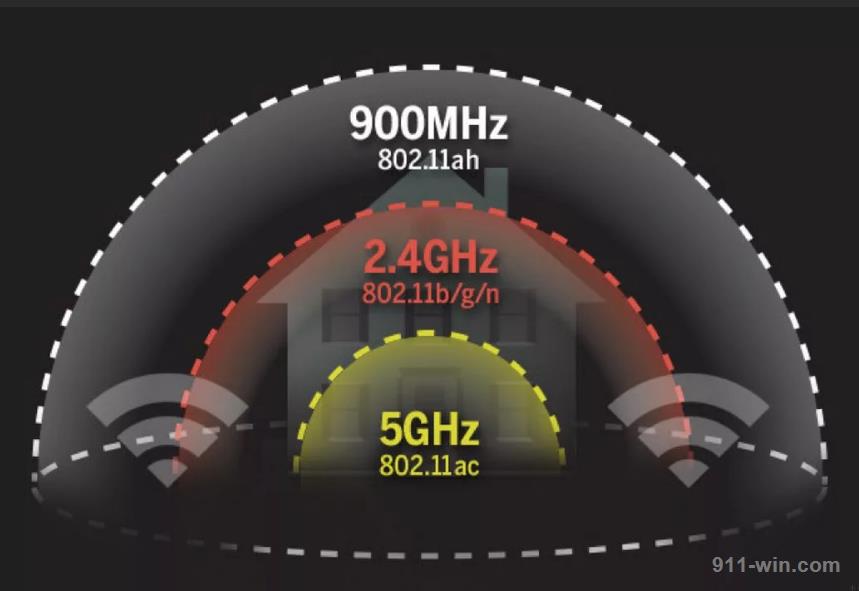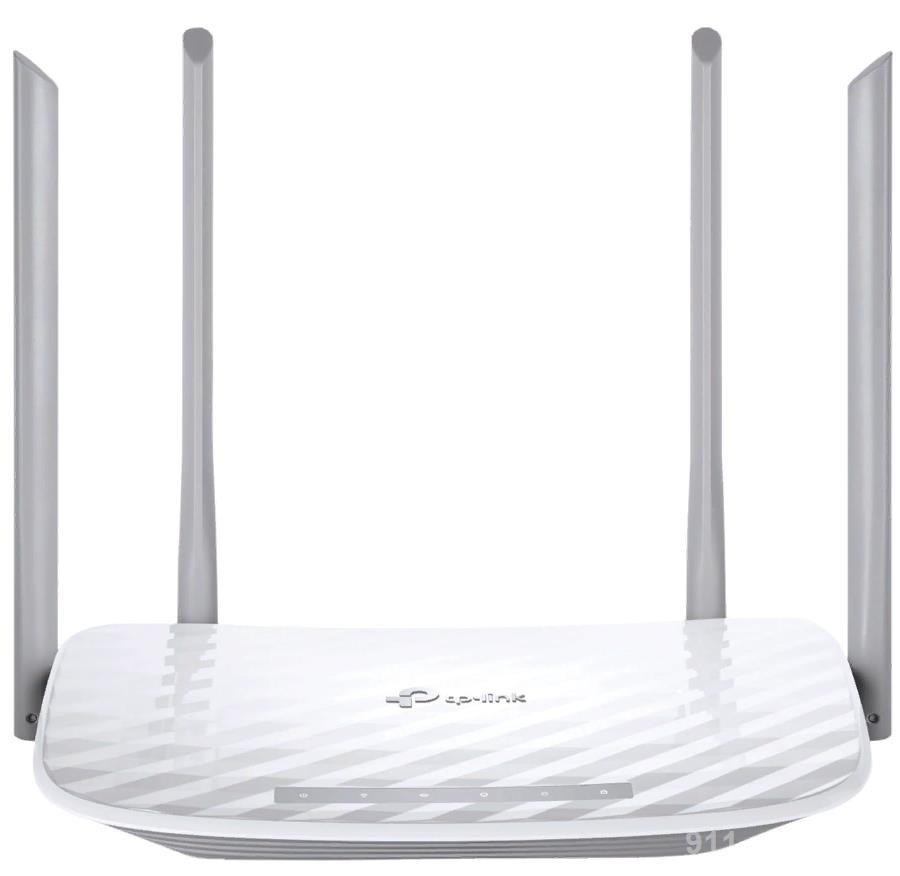Each of us when faced with the question of comparing something, in many ways, looking for one key answer: "Which of these is better?". This applies to all objects of choice, such as comparing machinery, comparing books, comparing cars or any other items. We also wrote an article: Top 7 - Best Router with DD-WRT 2019.
In the framework of this article, we will focus on a rather topical issue, given that more and more users are thinking about switching the router to dual-band mode; it is a question of choosing these same bands.
Which one to choose for a particular device, what are their advantages and disadvantages? The answers to these and other questions you will find after reading the material below.
Positive and Negative sides of the 2.4 GHz band
It is worth starting with the fact that 2.4 GHz is a range that is supported by almost all devices (modern certainly), which immediately makes it one of the most popular, and already from this statement we can conclude about its main negative side.
Such popularity could not but lead to a tremendous load on this frequency. If the waves of the range could be seen, then in front of us would be just a wall, completely blocking the view.
On 2.4 GHz, taking into account the modern development of technologies, almost everything works-smartphones, tablets, computers, TVs, kettles, refrigerators and all other "smart" devices, because everyone needs a wireless Internet connection, for example, to publish a post on twitter literally with the help of his refrigerator – this is no longer a fantasy.
Taking into account the above, we can distinguish the following pros and cons of working with the 2.4 GHz band:
Positive moment:
+ Absolute support for all devices;
+ The presence of multiple access points;
+ Stable and strong enough signal, even at a considerable distance from the distributing device.
Negative moment:
High "busy" range.
In fact, it is because of the congestion of the 2.4 GHz band that all the problems/failures in the network that users often face.
At once, it is necessary to tell that 2.4 GHz demonstrate the best indicators on a certain distance, than the range in 5GHz can brag.
Moreover, looking ahead today is the main nuance that will allow the 2.4 GHz band to keep the interest of users.
Positive and Negative sides of the 5 GHz band
As it was already possible to guess from the above, the main plus of the range in 5GHz is incomparably better speed indicators.
Given that there are very few devices in this range (even quite modern devices), users who choose devices with 5GHz support will have more interesting scope for flexible configuration of their network connection card, as well as distribution of network resources between clients (the host party).
The higher speed and the presence of fewer different interference, really allows you to qualitatively distinguish the range of 5 GHz from its older counterpart in 2.4 GHz.
But, taking into account the previously announced limitations in the signal coverage area, 5GHz becomes a "hostage" of open space, since the presence of various obstacles in the form of walls, furniture, devices that create significant electromagnetic interference, can seriously affect the speed performance, leveling the difference that was achieved in comparison with 2.4 GHz (despite the fact that it is more sensitive to interference).
To summarize briefly, the following positive and negative sides can be distinguished in the operation of the 5GHz range:
Positive moment:
+ High data transfer rate;
+ Low load range;
+ A large number of non-overlapping channels;
+ Great potential for the future.
Negative moment:
- Significantly limited range (coverage area);
- Limited support from many devices.
Also, do not forget that a key role in the quality of the network in the range of 5GHz plays the choice of router.
As many people know, quite a significant part of MB-tov in the chain "Provider-Router-User", is lost at this intermediate point.
The choice of network device should be based on many individual factors, which we will discuss later.
What to Choose: 2.4 GHz or 5GHz?

This question is extremely ambiguous, especially looking back at the above material.
It all depends on the individual criteria and expectations of each user, for example, I will indicate my personal choice.
The living area is 59 m2, the receiving devices are located in three rooms, and there are several significant obstacles in the way of the signal.
When choosing a router, several personal criteria were taken into account:
- Affordable price;
- Convenient interface;
- Working with two bands;
- A proven brand;
- Not the latest model that has already been tested by thousands of users;
- There is a small risk of loss of velocity, sagging and breakages;
- Presence of multidirectional antennas.
- Absence of strong heating of the power supply and the router.
As a result, after several test checks, the choice fell on a modest "TP-LINK Archer C50" (Check the price on Amazon), which was able to satisfy all requests.

TP-LINK Archer C50 - Check The Latest Price
The distribution between bands and devices is as follows:
- On 2.4 GHz work
- 3 smartphones
- Tablet
- E-book
- Multicooker
On 5GHz work:
- Laptop
- Smart TV
Wired connection:
- Optional laptop
- "Sony PlayStation 4»
When all devices work simultaneously in the most remote room, a 2.4 GHz repeater/repeater is turned on and then only as a safety net.
***
So, when choosing 2.4 or 5 GHz, it is worth considering:
- What is the planned load on the one and the other range;
- How many devices will use the wireless connection;
- What range do they support;
- Is it appropriate to use 5GHz for a particular device.
For example, with regard to item №4. If you use your smartphone exclusively to view content on social networks or communicate in messengers, then the need/expediency in using 5 GHz is minimal.
If the device consumes many traffic/network resources, then you should distribute the work of the bands so that all demanding devices work on 5GHz (or using a physical connection, which is a priority), and all others are content with 2.4 GHz.
In addition, also a significant role in the quality of the network is played by the choice of wireless data source and channel selection, the choice of which will be discussed in more detail in a separate article.
Conclusion
Summarizing all of the above, with a few caveats, but the question of which of the bands is better with a high degree of confidence can be answered about the significant superiority of the 5 GHz band over 2.4 GHz.